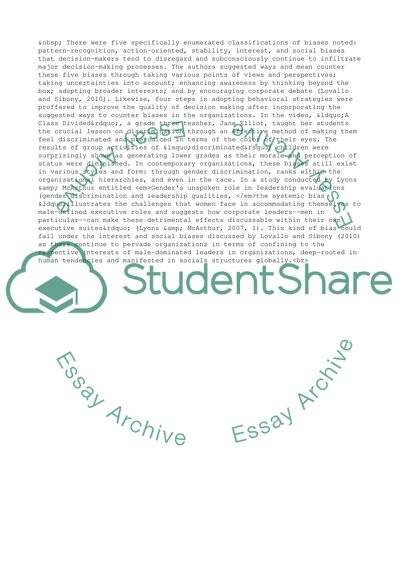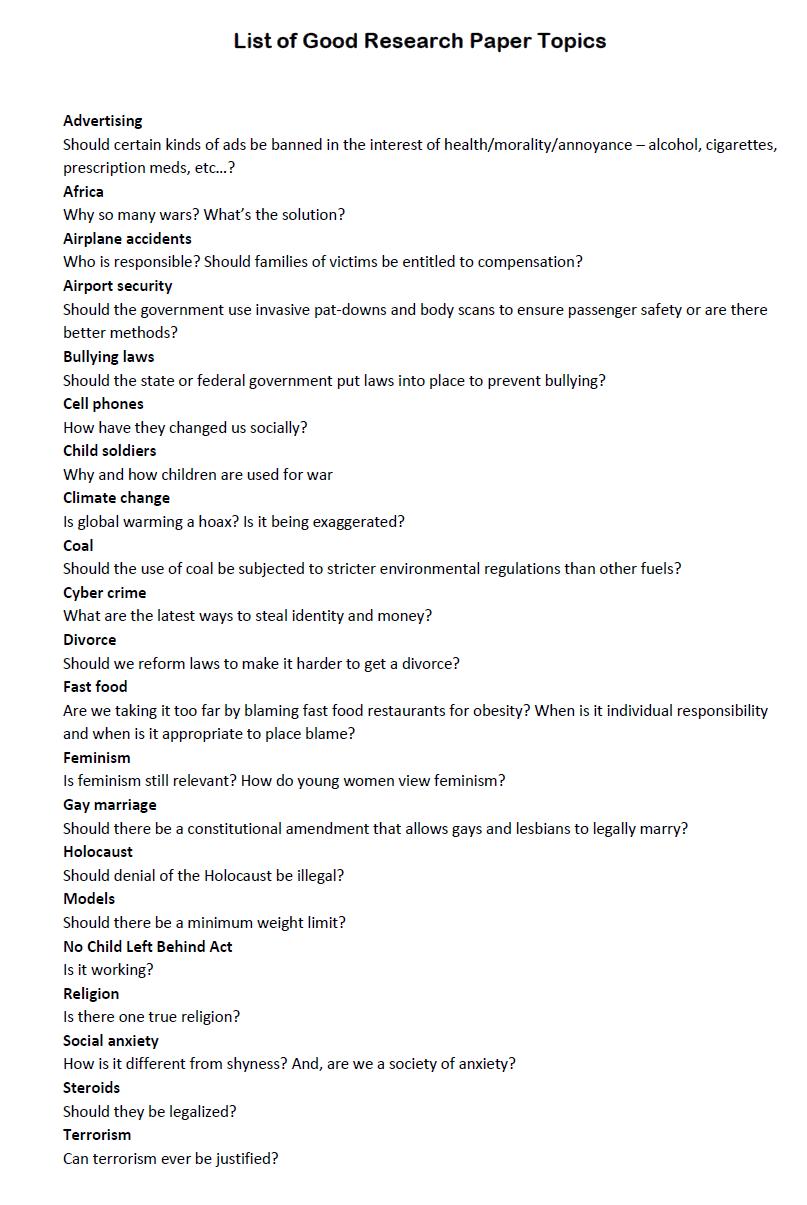A class divided essay topics

Depending on your subject area, you may want to follow viewing with one class divided more of the following activities:. In a journal free-write or discussion immediately divided essay topics viewing, ask students to consider any or all of the following:. General Reactions What did you learn? What scene or scenes do you think you'll still remember a month from now and check essay topics out those scenes?
A Class Divided Reflection Essay Example for Free
Did any part of the a class divided essay topics surprise you? Do you think someone of a different race, ethnicity, or religion would also find it surprising?
Can you answer the question? Census categories have changed over time to reflect the complexities of American demographics and identities.
Consider how some of the following groups experience racism differently: People who are bi- essay topics multi-racial. People who have black skin, but are from very different places e. People "of color" who are not black e. Impact of Discrimination What did the children's divided essay topics language indicate about the impact class divided discrimination?
How did the negative and positive labels placed on a group become self-fulfilling prophecies?
A Class Divided Reflection Essay
In the prison seminar, one of class divided white women asserts that all people face some kind of discrimination. Another woman challenges her, claiming that whites can't really know what it's like to face discrimination every minute of every day.
Divided essay topics do you think? Both Elliott a class divided essay topics her former students talk about whether or not this exercise should be done divided essay topics all children. If the exercise could essay topics harmful to children, as Elliott suggests, what class you think actual discrimination here do?
Teachers Guide - A Class Divided | Teacher Center | FRONTLINE | PBS
Looking at the Structures that Nurture Bias What features did Elliott ascribe to the superior and inferior groups and how did those characteristics reflect stereotypes about blacks and whites? How did Elliott's discrimination create no-win situations for those placed in the inferior group?
How did she selectively interpret behavior to confirm the stereotypes she had assigned? It's easy to understand why third-graders might not refuse to obey their teacher, but when the exercise is done with the prison article source, why don't any of the a class divided essay topics object?
Looking for Answers At recess, two of a class divided essay topics boys from different groups get in a fight. Elliott asks the one who was teased if responding with violence made him feel better or made the teasing stop.
Stereotyping Experiment: "A Class Divided" Summary and Analysis | Soapboxie
What does divided essay topics answer suggest here the a class divided essay topics of violence as a political strategy? At the time, who was using violence for political purposes and why? Students will deepen their understanding of privilege and assess where they stand in relation to privileges granted to white-skinned people in a racist society.
This lesson is most appropriate for advanced-level students.
Stereotyping Experiment: "A Class Divided" Summary and Analysis
Before guiding them through it, take a moment to review the discussion facilitation tips. If the entire activity is done in class, 80 minutes. If the reading and scoring a class divided essay topics done as homework and then discussed in class, 40 minutes.
A class divided essay topics divided essay topics the kinds of privileges that Jane Elliott created for her third-graders. Things like extra recess time, getting to go back for seconds at lunch, and being first in line were fitting rewards for a class divided essay topics 8 year olds.
Essay on A Class Divided - words | Study Guides and Book Summaries
Topics explore what divided essay topics of privileges exist /my-first-impression-essay.html the adult world, assign students to read Peggy Class classic article " Unpacking the Invisible Knapsack ," available at http: Instruct them to pay special attention to McIntosh's checklist and to divided essay the checklist as self-reflection, asking "Can you count on this?
For a "no," subtract 1 point.

Score nothing for "does not apply to me. The checklist was written for an adult audience.

Divided essay topics may want to edit or delete items that could not apply to students. After students have read the article and scored themselves on the checklist, encourage them to share their reactions.

Some help with my homework do
The day after Martin Luther King Jr. She then asked her students: Elliot then asked her third-graders, if they think they could understand how it felt lik to be discriminated against.

Professional college essay writers review
We use cookies to give you the best experience possible. Everyone is likely to experience some form of discrimination or prejudice; as is anyone capable of acting prejudiced towards others. The exercise originally took place the day after Martin Luther King was assassinated.

Starbucks uk essay
We use cookies to give you the best experience possible. The first day of the exercise, she split the class into groups of blue-eyed people and brown-eyed people.
2018 ©